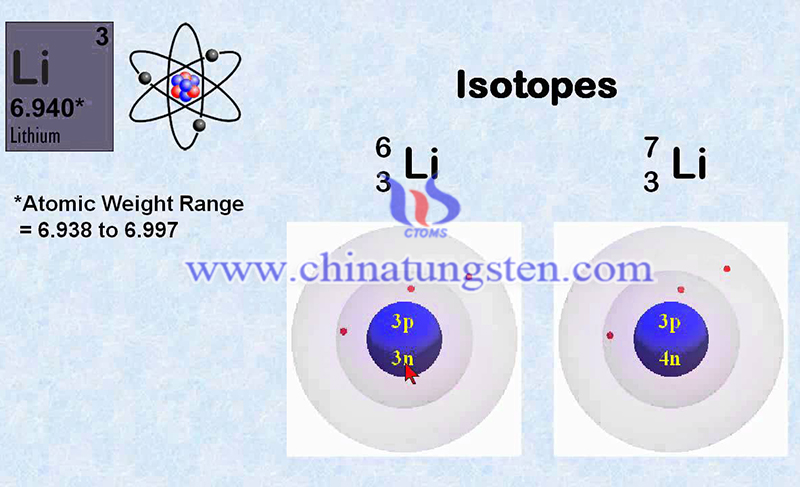Progress of Lithium Isotope Geochemistry in Subduction Zone
- Details
- Category: Tungsten's News
- Published on Tuesday, 09 June 2020 22:10
The University of Science and Technology of China has made significant progress in the study of l lithium isotope geochemistry in the subduction zone. The subduction zone is the main area where geological disasters such as volcanic activity, earthquakes, and tsunamis occur, and is closely related to the evolution of the earth and human life. Subduction zones involve many complex geological processes, including the release of slab-derived fluids, fluid/rock interactions, partial melting, isotopic fractionations, elemental transporting, and crust/mantle interactions.
The continental or oceanic crust rocks are deeply subducted into the deep part of the earth, undergoing high-temperature and high-pressure metamorphism to form eclogites, at the same time, the fluids precipitated from the subducting plate replace the mantle wedge and cause partial melting to form island arc volcanic rocks. These two types of rocks record important information about the geological evolution of subducted slabs and the interaction between crust and mantle in the subduction zone.
Lithium is one of the most basic elements when the "Big Bang" forms the universe, and it is also the lightest metal element. It is widely used in human society in battery energy storage, metallurgy, medicine, glass ceramics, aerospace, and nuclear energy. The average Li content in the earth's crust is only 0.0065%, and it is widely present in various rock minerals and geological melts in the form of trace elements in nature.

Lithium isotopes (6Li and 7Li) have relative mass difference up to 16%, being the largest among metal elements. Thus, Li isotopes have an advantage to interpret trace various geological processes. Most importantly, during crust/mantle interactions in deep subduction zones, surface materials and mantle rocks usually have distinct Li isotopic compositions.
Li isotopes can be a potential tracer for subduction processes, from the onset of subduction to the release of Li from subducted slabs and interaction with mantle wedge, as well as the fate of Li in slab-derived fluids and residual slabs. Moreover, the Li isotopic composition of subducting output materials can provide useful information for understanding global Li circulation.
With developments in measurement and expansion of the Li isotopic database, Li isotopic geochemistry will provide more inference and be a powerful tracer for understanding subduction-related processes. This work retrospected the application of Li isotopes in tracing successive subduction processes and made some prospects for further studies of Li isotopes.
Recently, the team of Professor Yilin Xiao of the University of Science and Technology of China selected the eclogite formed by subducted and altered oceanic crust in Tibet, and the island arc volcanic rocks of the Kamchatka Peninsula in the Russian Far East, and carried out a detailed system of subduction zone related processes.
Comprehensive research on lithium isotopes and other geochemical aspects provide important evidence for the use of Li isotopes to track the geological processes of subduction zones and to understand the plate tectonic process to reveal the lithium isotope geochemical behavior in the process of water-rock interaction in subduction zones. Related research results were published in Geochimica et Cosmochimica Acta and Journal of Geophysical Research-Solid Earth.
The research reveals the Li isotope characteristics and geochemical behavior of the subducted low-temperature altered oceanic crust and proves that the Li isotope system in the subduction zone is mainly controlled by the metamorphic dehydration and reentry fluid metasomatic processes, but it may also be affected by the subducted metamorphic sedimentary rocks. These understandings provide new ideas for understanding the characteristics of lithium isotopes in eclogites and the geochemistry of lithium isotope in subduction zones.
- Tungsten Manufacturer & Supplier, Chinatungsten Online: www.chinatungsten.com
- Tungsten News & Prices of China Tungsten Industry Association: www.ctia.com.cn
- Molybdenum News & Price: news.molybdenum.com.cn
- Tel.: 86 592 5129696; Fax: 86 592 5129797; Email: sales@chinatungsten.com



 sales@chinatungsten.com
sales@chinatungsten.com